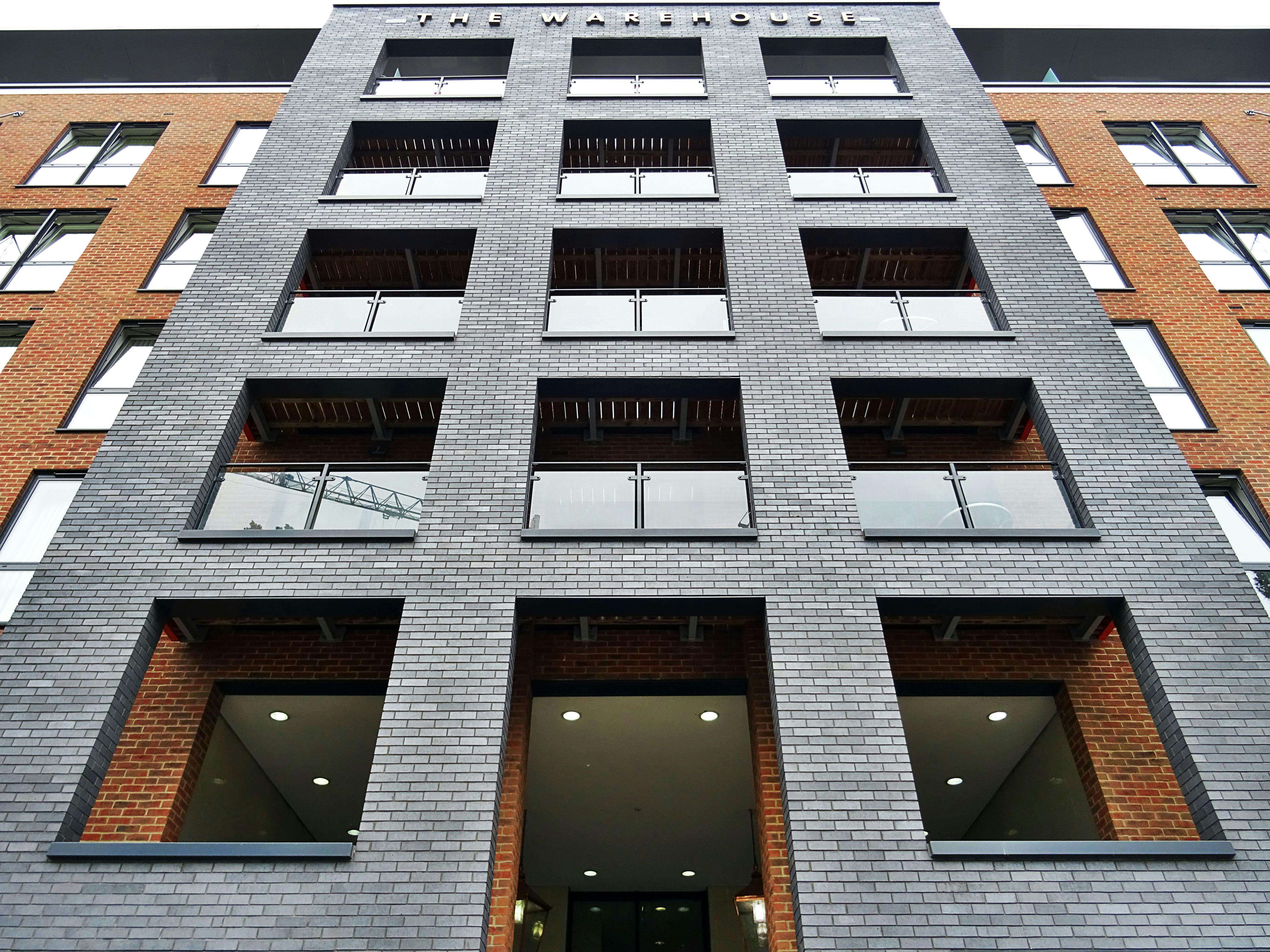How to check if a rug is an authentic Persian rug
Buying an authentic Persian rug is a bright, colorful and stylish way to brighten up your room, while also adding a slightly unusual and exotic touch. A genuine, one-of-a-kind, handmade rug will be very durable and should last for years and years, so while it may cost slightly more than a generic, mass-produced, machine-made piece at the rug store, it should last. much more. and be a worthwhile investment. However, a United States embargo on Iranian products from September 2010, which prohibits the importation of all Iranian products into the United States, including rugs, pistachios, and caviar, has made it difficult to purchase authentic products. While it is completely legal to trade in rugs that are already in the country, it is illegal to import new pieces into the United States. This has led to the proliferation of fake rugs that are not true “Persian” pieces. Therefore, it is very important to be able to determine whether or not the piece you are planning to buy is an authentic Persian rug.
Many dealers will offer their rugs and carpets with certificates of authenticity. While this is a good start, and you should never buy a rug without one, a certificate does not provide conclusive proof of a rug’s authenticity. If a seller is unscrupulous enough to sell you a fake Persian rug, they are probably deceitful enough to try to forge a certificate of authenticity. The actual certificates will record the origin, size, age, price and date of purchase of the rug; If the details on the certificate do not fully match the details of the item being purchased, then the certificate could be fake. This certificate is also useful for insurance purposes.
Always look at the back of the rug first, when trying to determine its authenticity. You should be able to visibly see the rug pattern from the back of the rug as well as the front, but it should be obvious which side is which. On closer inspection, you should be able to notice slight blemishes – these are actually a good sign. Because all authentic Persian rugs are handmade, they should have slight imperfections due to the nature of the weaving process. If the rug looks too perfect, it’s probably a machine-made fake.
Check the tassels on the rug. Tassels are another natural part of the weaving process, so they should be an integral part of the rug and made from the same material as the main body of the piece. If the tassels are obviously glued on or don’t seem to be a suitable part of the rug, the rug is probably fake.
Try folding or wrinkling the rug – a genuine Persian rug should not be able to wrinkle, and if your rug can then it is probably not a genuine piece. A real item will always fall back to flat easily after being rolled or folded.
